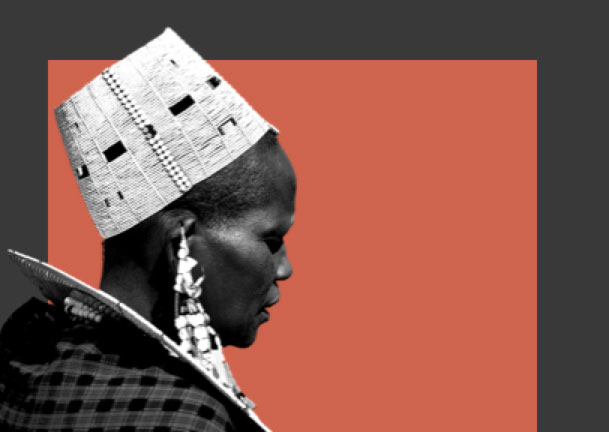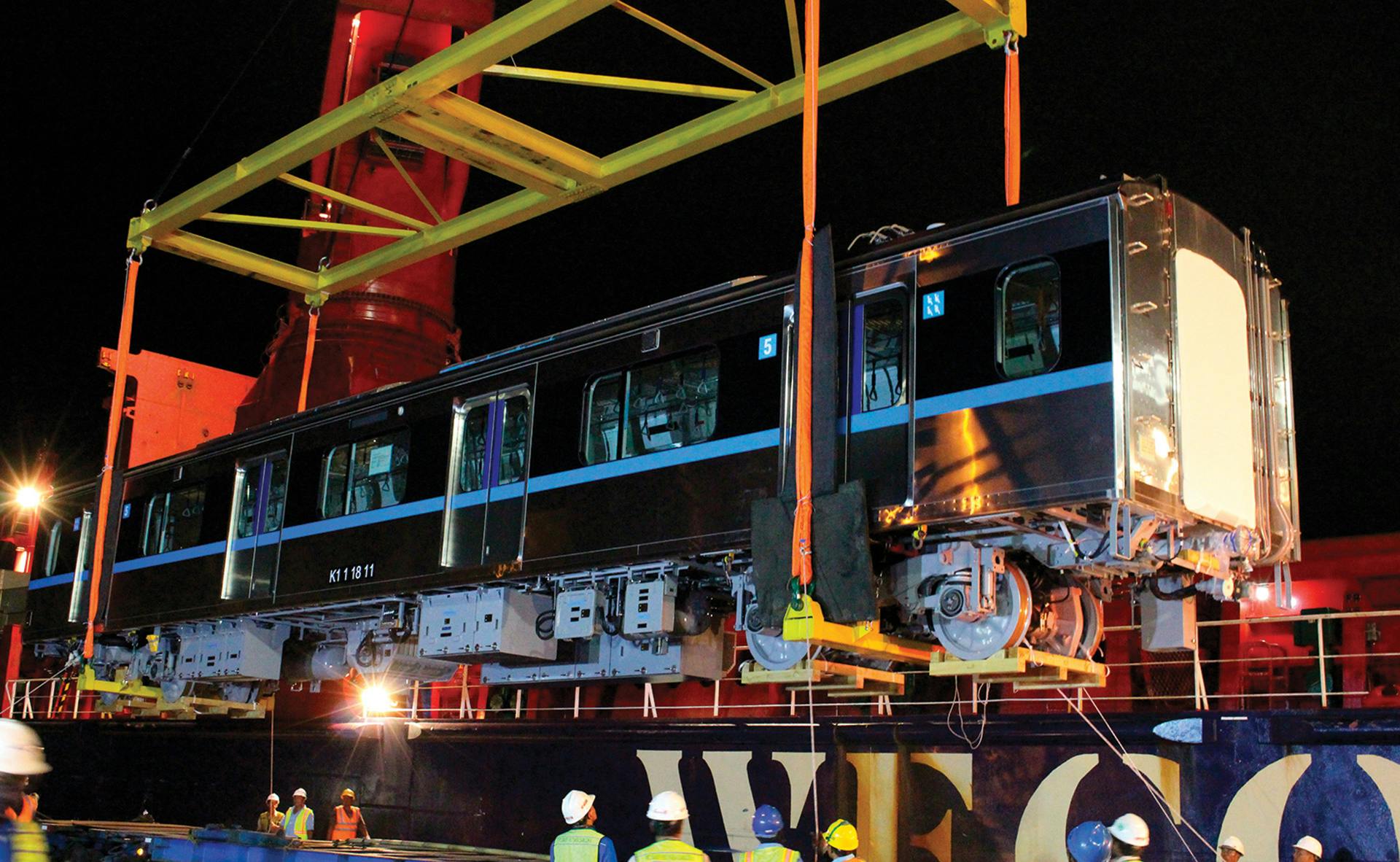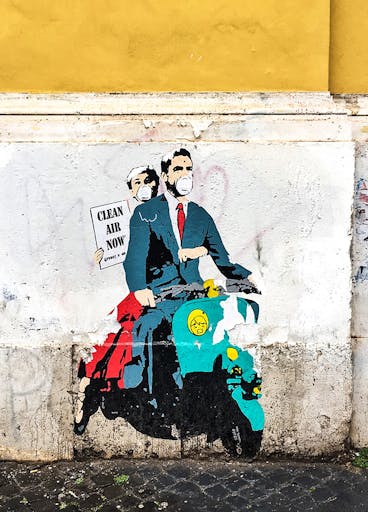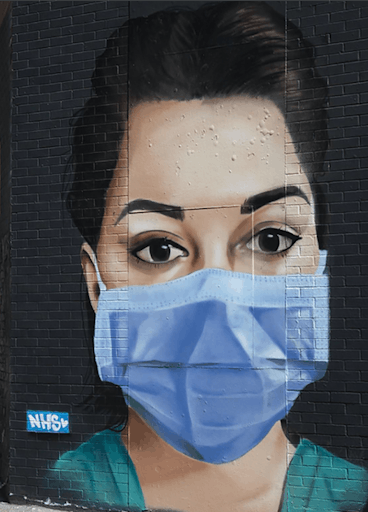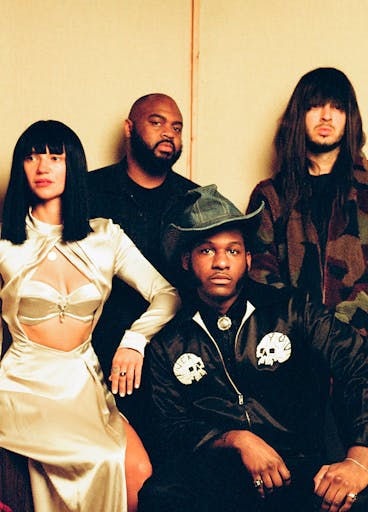After 30 years of planning, delays, funding issues, and false starts, it's finally here. On March 1st, the Indonesian capital of Jakarta opened the first Mass Rapid Transit (MRT) metro rail system in the country: a single, 9.8-mile (15.7-km) line with 13 stations that runs through the center of the city. Along with the planned opening of the six-station Jakarta light rail later this year, the new transit options give many hope for long-needed relief in the fast-growing megacity of more than 30 million people. Jakarta was recently ranked the most congested city in the world by Castrol's Stop-Start index, and it's the largest city in the world without a metro or subway system.
“It’s quite late for such a megacity to have a metro system,” says Sue Chan, Head of UITP’s (Union Internationale des Transports Publics) Asia-Pacific office. “For Jakarta, a rail system will be really crucial to ease congestion.”
The reality is that two separate rail lines with a total length of just 13 miles (21 km), which at the highest estimate can carry only about 300,000 people, won’t be nearly enough to improve the daily commute for the vast majority of Jakartans. Factor in the lack of integration with other transit modes, bad city planning, and suboptimal connectivity and pedestrian infrastructure around stations, and it’s clear that Jakarta has a long way to go to become a truly transit-friendly, sustainable city. But for the first time in years, that future looks hopeful.
The problem stems from the fact that Jakarta was never designed to be a megacity. It was haphazardly planned, with monumental projects, dozens of shopping malls, government building, and little green space creating a tangled mess of roads carrying far more cars, motorcycles, pedicabs, minibuses, and minivans than they should. Until the launch of the Transjakarta Busway system in 2004, the city did not even have a public transportation system, and poorer residents were entirely reliant on informal and private alternatives. The result: nonstop gridlock that got worse every year.
“There are many causes why Jakarta’s traffic is so jammed every day,” says Erik Johansson, a Jakarta native and researcher at the London School of Economics and Political Science. He points to vehicle growth exceeding road space, too many bottlenecks due to overdevelopment, tight interchanges, and too many types of vehicles sharing road space as the key reasons for today’s traffic mess.
For a city of Jakarta’s size, rail transit is an obvious solution. In fact, Jakarta has made several attempts to build rail systems in the past. The first planned system was meant to open in 2001, but it never got started due to the 1997 Asian financial crisis, which affected Indonesia heavily. In 2002, the government announced plans to build a partially elevated subway through the center of Jakarta, but the funds ended up being diverted towards a railroad in Java instead. Then lastly, and perhaps most symbolically, a proposed two-line monorail project was announced in 2004 and even saw pillars built alongside a major Jakarta thoroughfare. It was abandoned in 2008 due to the lack of government guarantees to investors, revived in 2013, and finally discarded in 2015. The still-standing pillars have been mocked as monuments to government inefficiency and a symbol of Jakarta’s inability to modernize.
Meanwhile, the population of Jakarta and its surrounding suburbs, referred to as Jabodetabek (Jakarta, Bogor, Depok, Tangerang, and Bekasi) kept on growing. In 1980 the region had nearly 12 million residents, but by 2010, that figure had grown to more than 28 million. Today, more than 31.5 million people live in the megacity, making it the third most populous metropolitan region in the world.
The MRT’s opening is a crowning achievement for President Joko “Jokowi” Widodo, who has made upgrading Indonesia’s infrastructure one of his priorities. As the previous failures to build mass transit in Jakarta demonstrate, it was a chronic problem, and one that was felt across the country. According to data from the World Bank, prior to his election, Indonesia was only spending four percent of its annual GDP on infrastructure, compared to seven percent for nearby Thailand, and ten percent in China.
“It’s a combination of issues and challenges working together to keep Indonesia from reaching its potential,” says Lin Neumann, managing director for the American Chamber of Commerce in Jakarta. “Infrastructure is difficult and challenging in Indonesia . . . whether it’s roads, bridges, ports, all of it adds to costs to foreign businesses.”
Logistic costs add up too, and they have a tangible negative impact on Indonesia’s economy. According to the National Development Planning Ministry, traffic congestion costs Jakarta $5 billion a year in economic losses. The country also has among the highest overall logistics costs in the region, making it tough to do business in Indonesia, in part because it's an archipelago nation made up of distant, often hard-to-reach islands. “The interconnections have been difficult between islands as well, and that’s added to challenges,” says Neumann.
Jokowi has been able to make a real difference. The MRT project, started during his term as Jakarta governor in 2013, has been lauded for just how un-Indonesian it has been, especially when compared to projects under previous administrations. It was also an achievement for the chief investor, the Japanese Bank for International Cooperation (JBIC), which has already been awarded the contract for Phase II of the system. Under Jokowi, real progress has been made in upgrading the country’s infrastructure, which also includes new toll roads in Sumatra and Java, expanded ports, and new airports in Kalimantan and Papua.
“There have been some impressive gains,” agrees Neumann. “When he is focused on something, he will see to it that it will get done. The anecdotal evidence is that it’s getting a bit easier to move commerce around the country.”
That does not mean everything is rosy. Many advocates believe a lot more has to be done to make Jakarta transit-friendly, and they're concerned that mistakes in planning could limit the MRT’s impact. This includes the lack of fare integration between the two rail systems and existing suburban commuter trains, bus rapid transit, and minibuses, plus bad station design that makes it difficult for passengers to change transport modes, as well as little in the way of pedestrian-friendly street design around stations.
“There will be a major problem when passengers want to shift modes,” says Yoga Adiwinarto, the Indonesia country director for the Institute for Transportation & Development Policy, an NGO based in New York City.
Another concern for Adiwinarto is the lack of fare integration, or even a common payment system. If someone wants to take a minibus to a MRT station, ride the MRT, and switch to a Transjakarta bus, he or she will have to carry three different payment cards, or pay with cash. This may change, however, as the governor of Jakarta recently announced a plan to create a common payment system, called JakLinko. Adiwinarto is hopeful it can be introduced soon.
“Unfortunately, this came a bit late to the process, so the MRT already signed a contract with the payment operator and vendors,” says Adiwinarto. “At least one year from the opening is the target for fare integration. Let’s hope they can really implement this.”
Part of the issue is something else that’s been a common problem in Indonesia: overlapping government fiefdoms. Because each transit mode was being built or managed by a different entity, there was no centralized mechanism to ensure interoperability.
“One of the issues with infrastructure here is the inability of any one government agency to get another government agency to cooperate” says Neumann. “The MRT is one agency, Transjakarta is another agency, light rail is another agency. There is no overreaching transport authority for metro Jakarta.”
Because of this, as well as the limited capacity and scope of the initial segments, many expect Jakarta’s traffic to remain bad even after the MRT opens. But to judge the MRT so soon would be unfair, argues Chan. “Lower-than-projected ridership is a common problem when megacties open their first line,” she says. “The success of the first MRT shouldn’t be analyzed after weeks or even months, because the first line is part of a master plan, and the full benefit of the investment will only be generated upon the completion of the entire network.”
For now, the main impact may be more symbolic, as the project will demonstrate to Indonesians across the country that modern cities do not just mean more roads and cars. Just as Jakartans have been influenced by mass transit developments in neighboring capitals like Singapore, Kuala Lumpur, and Bangkok, other Indonesian cities can now be influenced by Jakarta.
In fact, that’s already happening. Palembang, a city of 1.7 million in the province of South Sumatra, opened its 14.5-mile (23.4-km) light rail system last year ahead of cohosting the Asian Games. Indonesia’s second-biggest city, Surabaya, is in the initial phases of developing its own plan for an MRT or light rail system, as is the third-largest city, Bandung.
Jakarta’s MRT and light rail won’t eliminate traffic congestion. But after decades of planning, opening Indonesia’s first metro rail system is meaningful. If more lines can get built, integration can move forward, and more transit-oriented thinking can permeate planning. Perhaps Jakarta can move on from its longtime traffic reputation, and as other urban areas around the world grow into megacities, Jakarta could become a model in its own right for addressing years of unsustainable and unplanned development.

